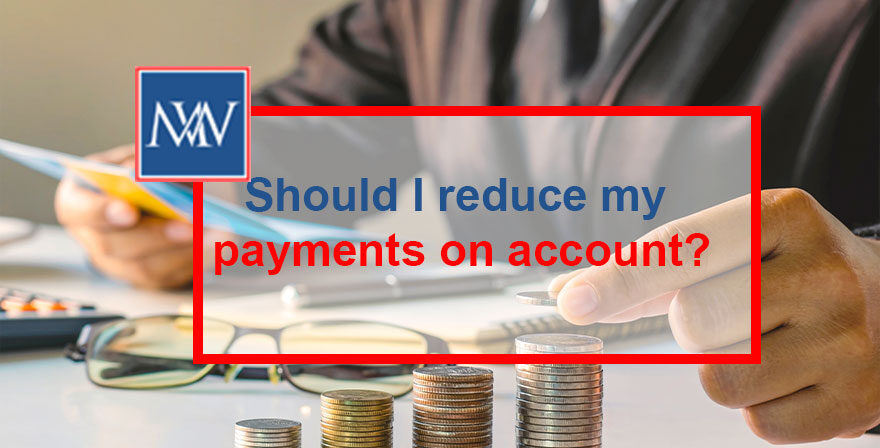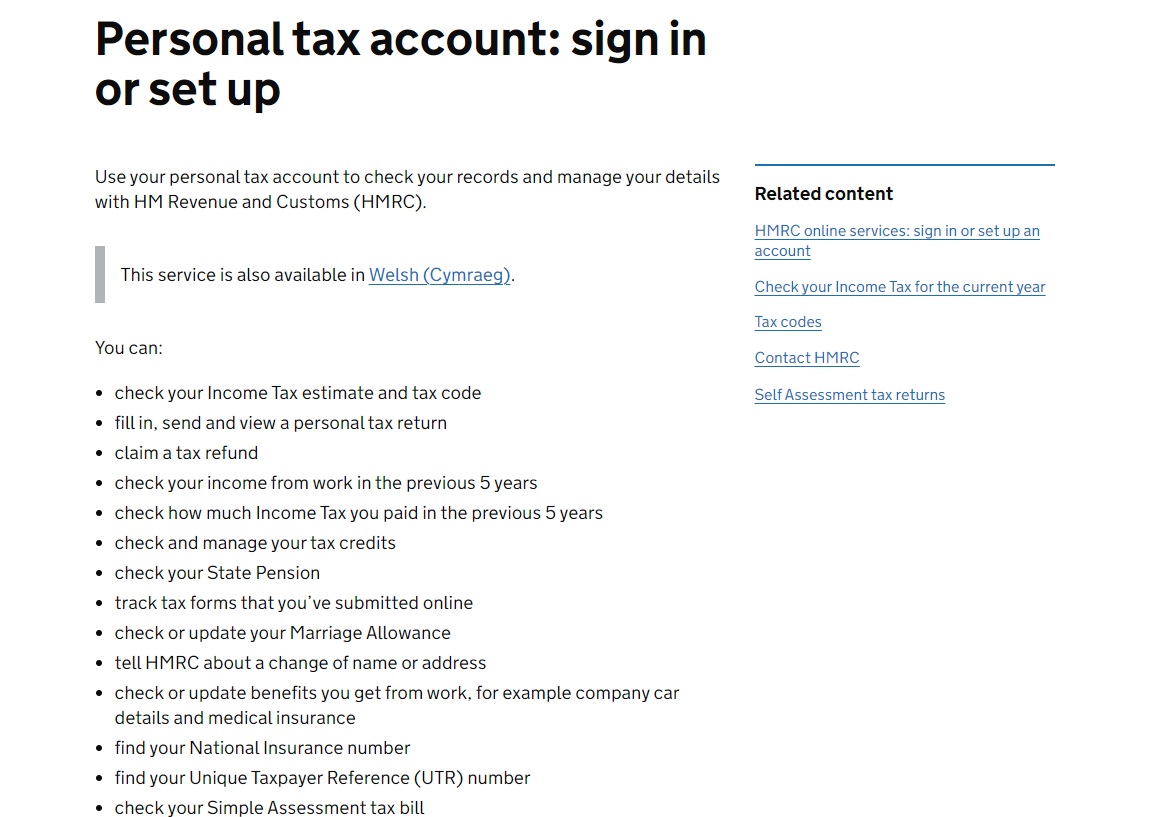
Should I reduce my payments on account?
Making payments on account towards your yearly tax bill is a common requirement for many completing a self-assessment return in the UK. But what exactly are they and when will you need to pay them? This comprehensive guide explains payments on account, including how to potentially lower yours if your income has dropped.
Key Takeaways – Payments on Account and Self Assessment
- Payments on account apply when last year’s tax exceeded £1,000
- Each payment is half your prior year’s total tax liability
- Payments are due 31 January and 31 July
- You can apply to reduce if income decreases substantially
- Failures in estimates can lead to over or underpayment situations
- Review your payments and tax account status via your HMRC online dashboard
Understanding payments on account protects against unbudgeted expenses each tax season and year-end surprises.
What Are Payments on Account for Self Assessment?
Payments on account are advance payments made towards your overall tax liability in a given tax year. They apply to income tax and Class 4 National Insurance contributions for the self-employed. Class 2 National Insurance contributions are not taken into account in working out payments on account.
If your previous year’s tax bill exceeded £1,000, you will likely need to make payments on account, unless over 80% of your tax was collected another way (like PAYE).
Each payment covers half of the prior year’s tax and NI bill. Payments are due by 31 January and 31 July each year.
These advance payments help spread the cost of your tax bill across the year rather than paying it all at once.
Check Also BANK HOLIDAYS IN THE UK, YEAR 2024
When Are Payments on Account Due?
The due dates for payments on the account are:
- 31 January
- 31 July
So in the 2022/23 tax year, your payments would be due by 31 January 2024 and 31 July 2024.
If the tax remains after your advance payments, you must submit a “balancing payment” by 31 January the following year to cover the outstanding amount.
Who Needs to Make Payments on Account?
You will likely need to make payments on account if all the following apply:
- You complete a self-assessment tax return
- Your income tax and NI liability was over £1,000 in the previous tax year
- Under 80% of your total tax bill was collected another way (e.g. PAYE)
Payments do not apply to student loan repayments or capital gains tax – those are just paid as part of your balancing payment.
Why Make Payments on Account for Self-Assessment?
These advance payments help avoid a large tax bill in one lump sum. Paying incrementally spreads the cost for you and provides HMRC with more regular income.
Your tax liability fluctuates year-to-year, so even fixed payments help align with what you might realistically owe based on last year’s earnings and taxes.
How Are Payments on Account Calculated?
Each payment covers half your total income tax and Class 4 NI from the previous tax year.
So if last year your total self-assessment bill was £6,000, your two payments on account would be £3,000 each.
Because they are based on the prior year’s figures, your income needs to stay relatively steady for the payments to align correctly with what you end up owing.
Example of Payment Dates and Amounts
To understand due dates and calculations, consider this example:
- Your 2022/23 tax bill is £3,000
- You pay £900 on 31/01/23 and £900 on 31/07/23 (£1,800 total) towards this bill
- On 31/01/24 you pay:
- £1,200 balancing payment for 2022/23
- £1,500 payment on account for 2023/24 (half of £3,000)
- You then pay the other £1,500 for 2023/24 on 31/07/24
So payments are made in January and July each year based on the previous year’s total tax amount.
Reduce Payments on Account If Your Income Falls
Because payments are based on last year’s income and tax details, they may end up being too high if your situation changes.
If your income decreases in a tax year, you can request to reduce your payments to align better with your now lower expected tax bill.
There are a few options to lower your payments on account for the next tax year:
- Apply via your online HMRC account
- Send form SA303 by post
- Specify the reduction when completing your latest tax return
Be strategic when estimating your expected decrease in earnings and tax bill. Significantly underestimating could still result in underpayment interest charges from HMRC.
Reasons You May Want to Reduce Payments
Common reasons self-employed individuals or business owners might reduce payments on account for an upcoming tax year include:
- Your profits fell substantially this year due to economic changes, lost contracts, or other financial factors
- You had a one-time business expense in the last year that won’t repeat and lowered your overall earnings
- You made certain new tax-deductible contributions like to a pension or charity which reduces taxable income
- You experienced personal circumstances like an illness or disability that forced you to work less for a period of time
- Other reasons mean your tax bill is reasonably expected to now be lower next tax year
Essentially, changes resulting in demonstrably lower future profits or income indicate you should pay less in advance until you true-up the total amount owed.
Overpayment and Underpayment Situations
Because payments on account are estimates, you could end up overpaying or underpaying tax for a given year:
- Overpayments result in tax refunds after filing your return for that tax period.
- Underpayments accrue interest on the shortfall unless paid promptly by 31 January along with your self-assessment submission for the year.
HMRC does not charge interest if your total tax was at least 80% paid throughout the year. So keeping payments aligned as possible, or topping them up come year-end, avoids underpayment fees.
Check Payments on Account Status in Your HMRC Account

You can review payments you’ve made plus any still due towards your current and next tax bill through your online HMRC account dashboard.
Specifically by:
- Signing into your account
- Selecting “View Your Tax Return” for the desired tax year period
- Choosing “View Statements”
This displays sums paid already, sums owed for the year, and the needed amounts relating to future payments on account.
Options If Struggling to Pay on Time
If you cannot afford to pay your tax bill – including payments on account – by the due date, you may qualify for HMRC’s Time to Pay arrangement. This creates a payment plan to pay in installments over time. You can often set this up online.
Or if ongoing budgeting is an issue, but you expect to owe taxes each year, proactively enroll in budget payment plan. This also deducts taxes monthly via direct debit. However, when working out your projected profits for 2022/23, remember to take into account any SEISS grants and other taxable Government support payments that you received.
Conclusion
Paying your taxes incrementally via self assessment payments on account helps manage cash flow and planning. This allows the self employed and business owners to budget accordingly based on prior earnings.
It also spreads the revenue stream for HMRC. Just be sure to have visibility into what you’ve paid and still owe through your government gateway account.
For more information, Book a Free Consultation
Need Accountancy Support?
For information on bespoke training, or if you have any other questions for Makesworth Accountant, please fill in your details below
















 151
151